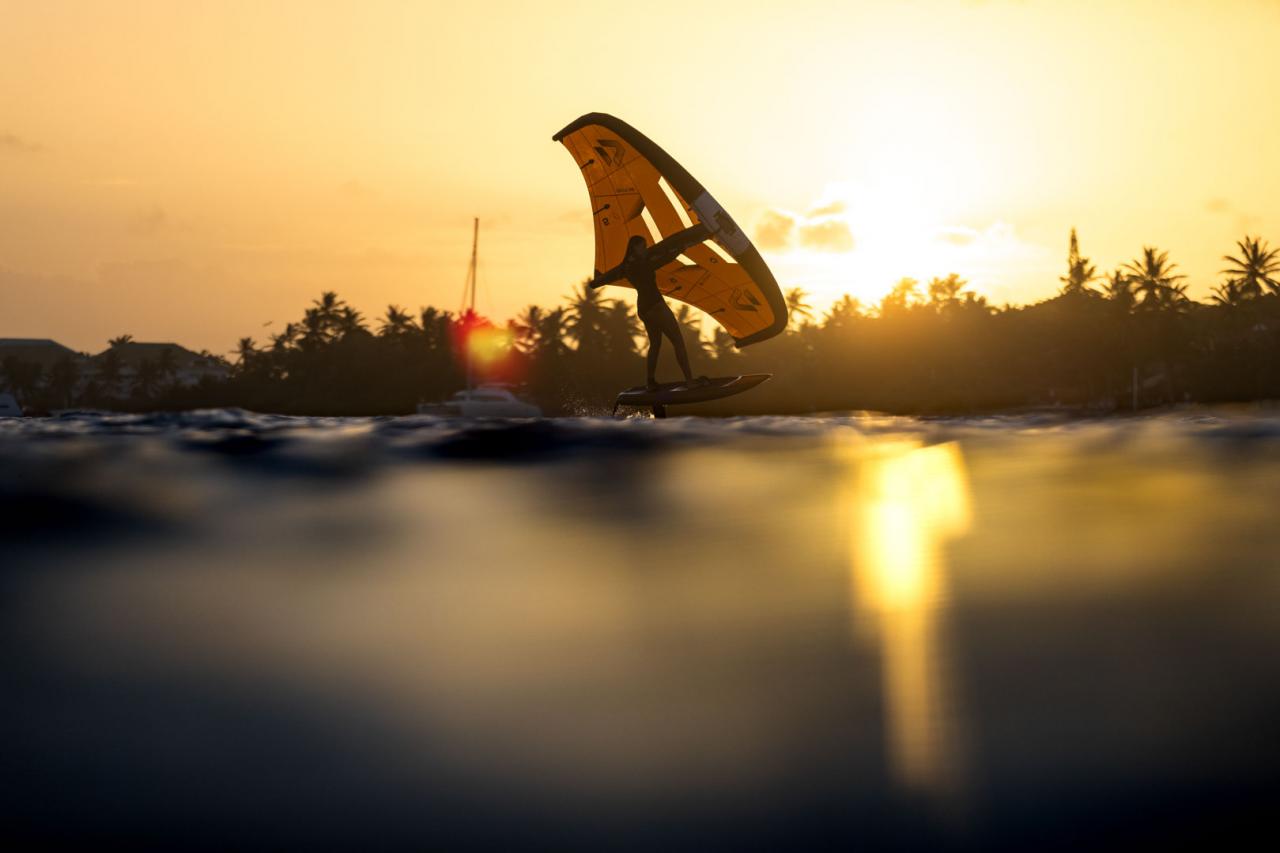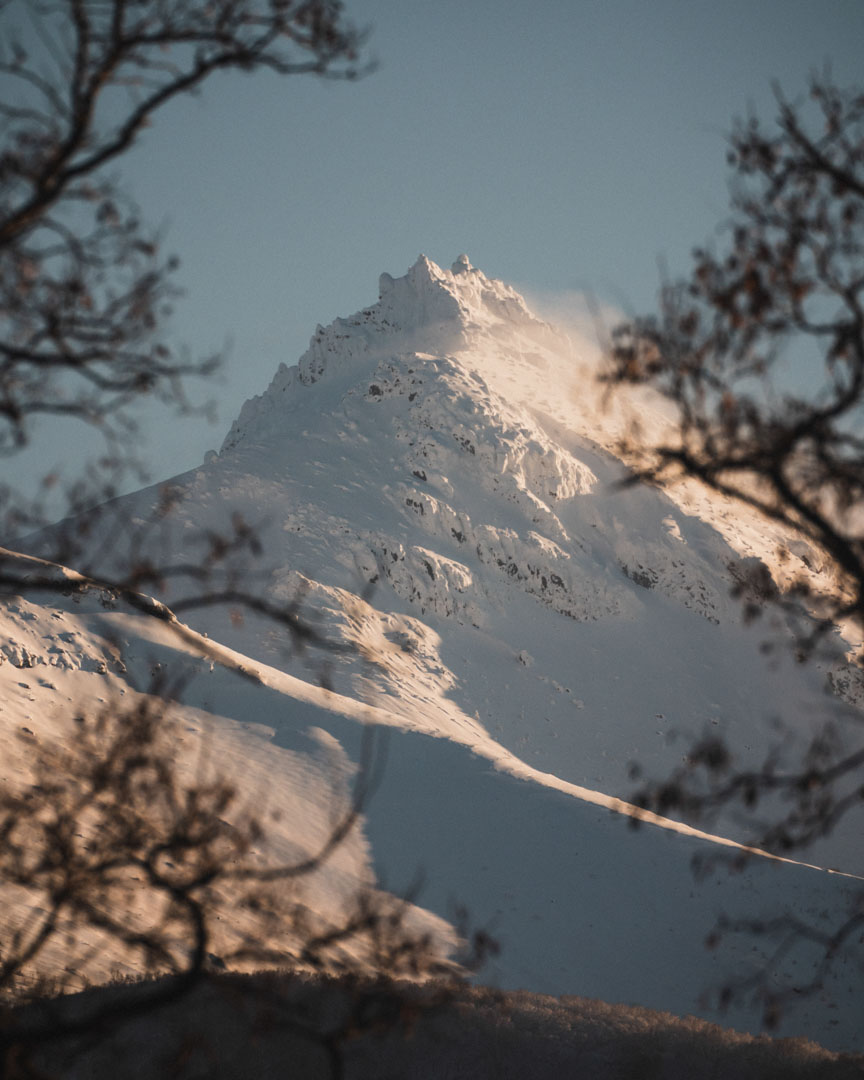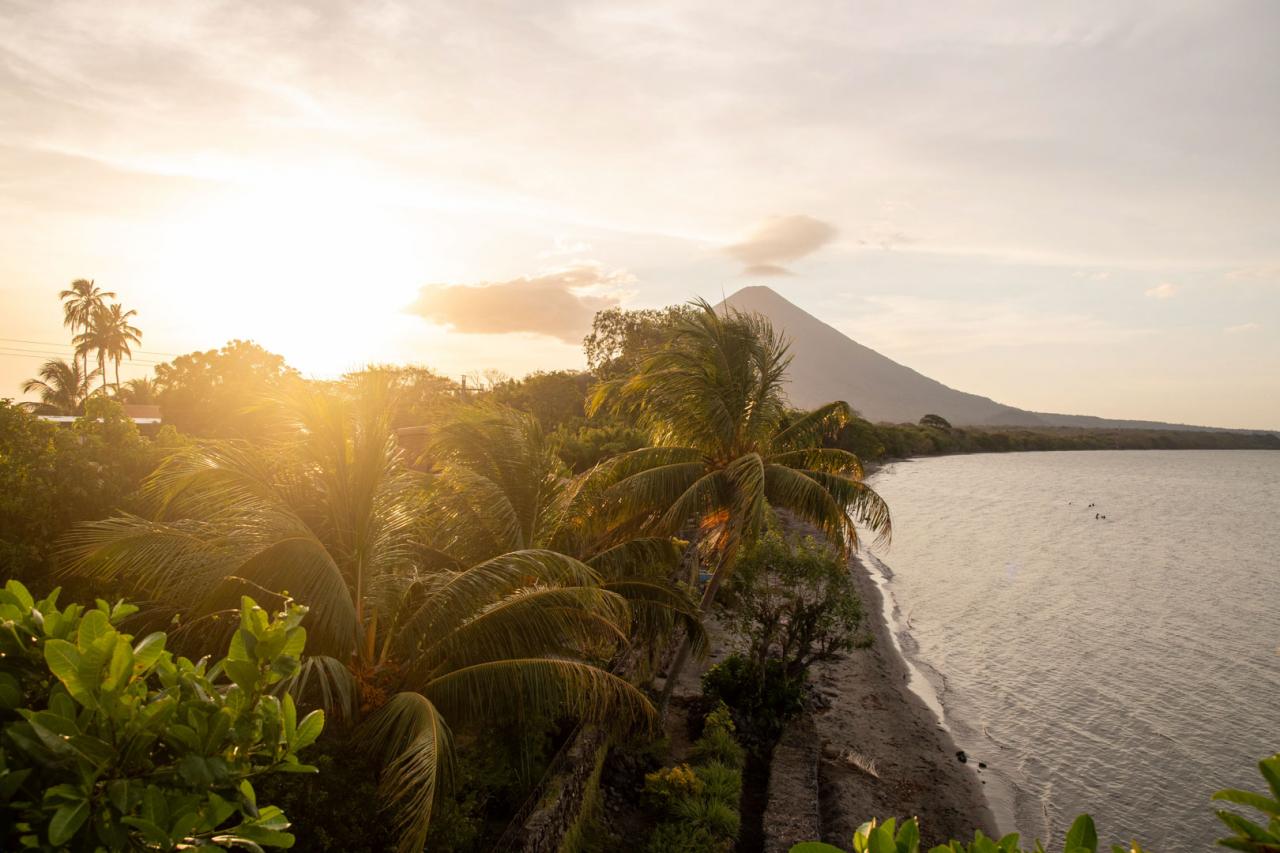With 15 million inhabitants, Istanbul is a city that spans two continents. This Turkish crown jewel bridges the cultures of East and West in multiple ways. Its many mosques and minarets bloom mystically out of a sea of modern skyscrapers, while millions of people from countless backgrounds drift through busy streets. A traveler might witness the local boy collecting trash he can sell on from street bins guarded by gangs of stray cats, while the modern woman in her tuxedo with perfect blow-dry climbs into her Range Rover and drives off to work. A retired high school teacher throws his fishing line off one of Istanbul’s historic bridges into the Bosphorus to bring home a fish dinner, while twenty-something hipsters fill the numerous Third Wave coffee shops.
Istanbul not only embraces Eastern and Western cultures, but spans across the ages. Old and new Turkey exist here together, although not quite united. When discussing Turkey with Europeans, people immediately think about Erdogan and his authoritative rule including multiple coups, imprisoned journalists and bombings. These memories mix with impressions locals have from Ali, the local barber around the corner and late night kebabs offered streetside. Others might still recall their last Aegean holidays far from the big city hustle. The culture and contrasts of Istanbul make this a diverse destination for stand up paddlers.
Bosphorus River Plastic: Need Better Solutions
Kai Steimer, 10X German SUP champion, took a short trip to Turkey to visit Lena Erdil, German Turkish Slalom Windsurfing Vice World Champion in order to explore the famed city on paddle boards. This majestic city on the Bosphorus between the Black Sea, the Sea of Marmara and its countless channels has a lot to offer visitors. Discovering Istanbul via SUP brings a twist or two to the usual tourist stops by adding a surf flair.
Ortaköy Mosque, set right next to the Bosphorus and with the backdrop of Fathi Sultan Mehmet bridge connecting the Asian and European continents, is perhaps Istanbul’s most famous landmark. Combining the ancient mosque and modern bridge with some paddle board action is just the story for this city to tell.
Kai and Lena arrive discover a boat collecting trash out of the Bosphorus on their first excursion to the water. Unfortunately, there are tons of floating plastic in the designated spot they planned to launch. Witnessing the abundance of trash next to a singular boat attempting to clean the Bosphorus is the definition of “heavy lifting. The boat, although working doggedly, appears woefully inadequate to do the job. A diagonal ramp with conveyor belt is lowered into the sea and the larger pieces of plastic, frustratingly, roll back into the water, making for a lengthy process. The athletes are glad to see the machine is aided by a volunteer fisherman who, with a basic net, seems far more effective than the boat at collecting the marine rubbish.
While Kai and Lena pump up their inflatable SUPs, they watch the scene unfold. Other boats pass by in a steady stream upon the river as ferries are Istanbulites’ preferred public transport. These busy ferries are definitely a faster way across the Bosphorus, especially during rush hour in this teeming, busy city. The sea is choppy and Lena, recovering from a foot injury in her professional windsurfing career, decides to stay on land. Normally, stand up paddling and windsurfing busy parts of the Bosphorus is forbidden, but Lena and Kai are lucky. They get the shots they want, and then it’s time for some Turkish breakfast.
Turkish Breakfast: A Veritable Feast
Turkish breakfast can be anything from plain bread with olives to an elaborate brunch. Turkish culture believes in hosting a ‘rich table’ where the eyes, first, need to be satisfied. Meals are accompanied with Turkish tea served out of tiny glasses. The table is set with different jams, honeys, olives, cheese, tomatoes and greens. Fried eggs with Turkish sausage are standard fare. And, of course, one can count on an assortment of breads and ‘böreks’, a kind of Turkish pastry filled with cheese, herbs, potatoes or meat.
Over the next two days, Lena and Kai scout out additional paddle locations among the popular tourists sights and between Istanbul’s busy streets. However, the SUPs remain deflated. Lena and Kai decide to leave the city behind to drive towards a richer experience of what Turkey has to offer. With Google Earth as their tour guide, the athletes head for the Black Sea. Satellite images of rugged coastline, reachable only by dirt road, are appealing.
Paddling the Black Sea Coastline: Shepards & Sea Caves
Soon they are out of cell phone signal zone, discovering that their Citroen Berlingo is perhaps not as up for this adventure as they are. A local shepherd on his quad tells them the road ahead is blocked and asks their destination.
“We are just looking for some beautiful bays in the area,” Lena explains in Turkish. “Can you recommend something for us? Also, we are almost out of fuel. Can we refuel somewhere?”
The shepherd replies, “I have fuel in my village. I am on my way to find my herd, but there is a beautiful bay not far from here.”
While Lena is thrilled and convinced this encounter is fate, but Kai is a bit hesitant to follow a strange shepherd riding a quad bike into an unknown mountain village. Lena prevails. After a ten-minute drive along winding dirt roads they arrive at a shed. Yasin, the shepherd, roots around and comes back with a canister of fuel. This cements their friendship and he then joins the duo in the car so he can leave his bike in the village. He will walk back with his herd.
The adventure unfolds. Yasmin explains, after many years of working in a shop in Istanbul, he opted to move back to his village outside the city to live a simpler life. He now owns eight cows producing milk, cheese and yogurt while slowly growing his herd.
After a short drive down a forested path, they suddenly find themselves atop a majestic cliff with an emerald sea beneath them. The location is stunning and looks more than promising. The sea is calm and rock formations spike out of the ocean just waiting to be discovered by paddle board.
Thanking Yasin, Kai and Lena say their goodbyes. Climbing down the cliffs to the water with their inflatable SUPs, Lena and Kai decide the sea is calm enough to risk taking the camera. After three months off the water for Lena as she recovered from her ankle injury, this is the first time she is on a board again. She’s missed it.
Quickly, the athletes with stoke under their wings, find themselves paddling around natural caves in crystal clear water. They discovered private beaches between craggy rock ledges among a forested backdrop, without a single soul in sight. They later learn this spot is called ‘the Phuket in our backyard’ by other travelers - a place called ‘Bagirganli ‘ in Kandira province. It is certainly worth trusting the shepherd to be introduced to such beauty.
Finding Surf: Kerpe’s Majestic Cliffs to Agva’s Seashore
Later, after discovering a delicious local seafood restaurant, with a stomach full of fresh fish and buffalo yoghurt, the duo head to Kerpe to find lodging. Arriving in Kerpe they check into the only hotel they find open to discover they are the only guests in a huge four-story complex. Lena had heard of Kerpe from fellow surfers, so they plan to see if they can find the local surf spots in the morning.
Guided again by Google Earth and only a two minute drive from their hotel, Kai and Lena stumble upon the famous cliffs of Kerpe. Lena heads out on her paddleboard while Kai flies the drone to get some aerial footage of this extraordinary place. Paddling around the first corner, Lena finds a small ledge with an entrance to what looks like an elaborate cave structure. She feels they have stumbled upon a hidden treasure. She paddles back to tell Kai that he needs to join her immediately so that they can explore the caves that seem accessible only by paddleboard and are surrounded by crystal clear, turquoise water. Arriving at the cave site, they strangely, hear singing echoing on the inside. It is clear they are no longer alone here. It turns out that the caves can also be reached by land, and the singing comes from a Korean family singing Korean songs to test the acoustic in the tunnel of the caves. Kai and Lena are charmed by the entire experience.
Before heading back to Istanbul Lena and Kai stop in Agva, another place to explore. Agva is located between two rivers and the friends decides it would be nice to explore them on their paddle boards. Arriving in Agva, they look for the best place to launch. The river is lined with wooden jetties, picturesque with wooden huts along the shore. Launching between the jetties and wooden huts they start paddling. Fifteen minutes later, they reach the sea.
Next to a long walkway with a lighthouse lies a beach. Finally, they spot what look like tiny waves near the shore. The waves are small, but strong enough to get the boards surfing. With the sun setting, the session ends abruptly when, after an attempted ‘party wave’, Lena loses her balance and falls in fully clothed. Lena’s balance is not quite up to standard since her injury. She has to paddle back down the river soaking wet with both daylight and temperatures dropping rapidly. Both of them are laughing.
Back on land and dry again, the duo find a restaurant with a fireplace and enjoy more home cooked Black Sea specialities. After some small talk, the owner calls upon a friend to get them a place to stay and a discount for this last night of their Black Sea adventure. Kai is surprised by the hospitality of the people they have met on this trip. Lena explains that it is quite common - after all, Turkey is a culture wherein most people call each other brother, sister, uncle or even granddad without having any kind of prior relations.
Turkish Hospitality: Treating Strangers as Friends
This part of the culture is rooted in the fact that many people, prior to moving to the big cities, were raised in small villages where everyone knows each other. Even when their surroundings changed, most individuals keep their small town attitudes like Yasin the Shepherd, the restaurateur and his wife, or even the Jandarma officers who stopped them at a routine roadblock on the way to Agva. The formality to which we are accustomed in Europe has not found its place in Turkey. Familiarity is common. Even getting in a taxi in a big city like Istanbul, a traveler may be expected to engage in small talk with the driver. His first question will most likely be ‘Where are you from?’ You will be called ‘my daughter/son’ ‘sister’ ‘brother’ uncle depending on your estimated age relative to that of the driver and, in most cases, this will drive how a conversation will start. ‘Oh you’re from there. I have a brother/cousin/uncle who has told me about this place...’ and so on.
Reflections: Istanbul to Black Sea, a Turkish Welcome
Heading back to Istanbul and the airport, Kai and Lena drive through lush green mountains and endless hazelnut fields with time to reflect on their trip. The impulsive urge to leave the busy city life of Istanbul behind transformed their city SUP trip turned into a Black Sea adventure. Abandoned villages, dirt roads and caves rising out of crystal clear waters. They discovered cliff forested coastlines ready to be discovered. Finding so many treasures on this short trip made for a satisfying experience for these two adventurous souls. Returning to the great city of Istanbul to catch their plane only left Kai and Lena hungry for more.
Lena asked Kai on their flight home what surprised him the most about their trip.
His response was, “I was amazed by the hospitality of the people we met on the way. All of them enjoyed giving without expecting anything in return. I haven’t experienced this kind of attitude in a very long time in Europe and really didn’t expect to find it here. In my mind Turkey was more of a ‘Muslim country’ more like Morocco. I was surprised that few of the people we met seemed particularly religious. But equally unexpected, in some ways I felt taken back in time. I loved the nature we discovered and how clean the water was everywhere outside the city. Istanbul and its minarets, markets, and the great Bosphorus was like visiting a fairytale or site of great historical prominence. I particularly enjoyed taking photos here. I would love to come back and explore more of the Black Sea coast. I feel we have only just scratched the surface.’
Practical Tips for Traveling in Turkey
Part I: Arriving and Planning your JourneyTurkish Adventure
Istanbul has three Airports. If you would like to visit the Asian side of the Black Sea and head straight for the coast, fly to either ‘Sabiha Gökcen’ or the new ‘Istanbul Airport’. Depending on the time of year, the roads in lesser known areas can get pretty awful, so if you can rent a 4x4, it is strongly recommended. We recommend visiting the Boulders and forested beaches of Bagirganli, as well as the caves in Kerpe. But, more than anything, going off the beaten track and driving down those Google Earth dirt roads is where the gems are found. Find out what is at the end by yourself. It’s almost sure to be a rewarding experience. The Black Sea coastline is vast and plentiful with so many places to see. We made a promise to come back and explore more of this area of Turkey in more detail.
If you want to soak in busy city life of Istanbul, get your bargaining skills up to speed at the Oriental style street markets (Kapali Carsi). Visit the many historic monuments including the Blue Mosque or the Sunken Palace. Check out the trendy areas of Kadiköy, Galata or Taksim. For these choices, flying to ‘Atatürk Airport’ would be a better choice.
Stand Up Paddling in Turkey: If you are looking to stay and paddle in Istanbul, go to ‘Istanbul Windsurf Centre’ in ‘Cadde Bostan’ where you can launch in safety. Remember, the Bosporous is a heavily trafficked river! Go where you know you won’t be among the ferries and fishing boats. I would also recommend a trip to one of the four Prince Islands just outside of Istanbul. These are reachable by ferry from Bostanci. Getting around in Istanbul, public transport such as ferries and metros are easy to navigate and taxis are cheap. Renting a car is definitely more of a hassle than it’s worth.
Eating and drinking:
A Turkish Breakfast is a must. I recommend ‘Bazlama’ a restaurant that can be found on both the Asian and European sides of the city. Check out the Rooftop Bars of ‘Taksim’ and Galata, which include dazzling views of the city and the Bosphorus. Head to ‘Balkon’ to kick off this challenge. Third Wave coffee lovers and hipsters head to ‘Kadiköy’ and walk around the busy streets near Moda browsing through second-hand bookshops, small theaters, trendy pubs and the many coffeeshops.
Visa: For most European countries you need to buy a visa stamp before visiting. It is no hassle and you can now get one online (E-Visa). This will save you time at the airport.
Religion and dress code, shopping: Don’t worry about what to wear. Turkey is a secular country. Istanbul has a dynamic fashion scene and multiple shopping opportunities. The Turkish Lira to the Euro is very weak after the recent economic crisis, so in fact, it is a great opportunity for some bargain hunting.
Weather and Climate: Istanbul and the Black Sea have similar climate to most central European countries with four Seasons. Note that November to March is cold and rainy .








